Welcome to the November 2015 Edition of the PE Playbook. The PE Playbook is a review of blog posts over the past month that are specific to Physical Education or Youth Sport. Its about bringing these blog posts into a format that is easy to find, use and share. Hopefully this will result in more PE Teachers (and others) reading them and engaging with them. If you have any feedback about the presentation or content of the PE Playbook then please let me know in the comments section of this post or via @ImSporticus. Previous Editions of the PE Playbook can be found here.
This month it is split between Jenny Beck and PE Pott for their respective blog posts. In All about the baseline Jenny has looked to design and implement a baseline assessment for her school’s context. A step away from the usual world of adult fitness tests to something that looks at skills and fitness both in isolation and in context. It in my opinion allows variation, through simple movement puzzles, provides some useful information where her pupils are starting second school and is at the same time more enjoyable for those involved. More detailed information from primary schools would help ensure that secondary school PE teachers are much more aware of their pupils starting position. Whilst that would be the ideal in many cases this, I feel, is a step in the right direction to overcoming some of those issues that are out of our control.
PE_Pott’s Growth Mindset in PE explores her thoughts and preliminary attempts to introduce a growth mindset in PE. Many PE Teachers talk about GM, but very few have attempted to share their actual practice on how they are approaching Carol Dweck’s research into mindset. I believe that it’s understanding and application has a long way to go, however, hopefully this will start dialogue about it’s practical implications in our subject and whether it has any real impact in the long run. I look forward to hearing about her attempts in further posts.
What I really respect and admire about both these teachers is their willingness to share what they are doing and open it up to the critique to others. It is through doing this that the readers can formulate their own thoughts, beliefs and practices around these two important topics of baseline assessment in secondary schools and of the application of mindsets in our teaching. I hope to hear both their voices more often in the future.
The Power of Coaching is an uplifting post from Sports Coach UK that looks at how as coaches in sport we can have powerfully positive impact we can have on children
#coachlearninginsport: our game? #coachlearninginsport: Billy, art and autonomy and #coachlearninginsport: in search of minimalism are three beautiful blog posts from Keith Lyons about the coach-athlete relationship, coaching as an art and coaching as an architect respectively.
Embracing the adaptive capacity of our young learners from Mark O’Sullivan asks us to provide children affordances within our lessons or session – possibilities for action, choice, challenge and variability for the young players/learners to learn and to re-learn.
Reflection Using Photos from Sports Coach UK recommends the use of taking pictures of ourselves to help in the process of reflecting on our performance as a teacher or coach.
Extreme nurture or slow cooked children in sport – does it matter? again from Sports Coach UK reviews the misinterpretation of Ericsson’s work on expert performance and its role in promoting early specialisation of sports.
Should we assess ‘meta’ skills in PE? by Mike Prior from the PE Circle shares his thinking about whether we should be assessing sort after ‘soft skills’ within PE.
“You have to pass it to a girl before you score” is not a good way to include people in HPE by Dr Justen O’Connor argues that the best way to make Health and PE inclusive is to begin by dropping labels.
Dance like no one is watching by Ash from SuperhumanPerform suggests that creating safe environments for pupils and athletes is key in developing their creativity.
Why are we talking about winning or losing when we should be talking about learning? once again from the on form Mark O’Sullivan eloquently asks the simple question about youth sports.
Beyond Good Job and Nice: Better Ways to Positively Praise Your Athletes from Anne Josephson shares some very practical to stop your feedback from being vacuous and vague.
Part 1: Assesment in physical education for a physical literacy outcome.
Part 2: Assessment in physical education for a physical literacy outcome
AfL in PE #13: What would the Pros do?
What is the #libraries4physicalactivity movement?
A conceptual framework for Physical Literacy
TGfU and Visible Thinking Routines
16 ideas for teaching dance in PE
Are Fitness Appraisals a Part of a Quality Physical Education Program?
AfL in PE #15: The Star Performer
The Best Parts of My Week – 10/26/15–10/30/15
The Best Parts of My Week – 11/2/15–11/6/15
The #PhysEd Create-a-game auction
The Best Parts of My Week – 11/9/15–11/13/15
The Best Parts of My Week – 11/16/15–11/20/15
KS4 Girls Curriculum – Time For Change?
Using GIFS for a cover lesson in #physed
Do More with Peer Assessments: Google Forms + Autocrat
10 Professional Development Websites for PE Teachers
GCSE PE League Tables – what do you do? Crowd sourced document
New AQA AS / A-level Specifications
Comparisons of the Draft PE Specifications
Learning Activity – Before Before, After After
Participation that doesn’t cost the earth
Tagtiv8 – Active Learning, Walking Taller and creating an IMPACT
Episode 43 – Listener Stories of Success #4
Youth Sport Trust – Primary PE, Physical Literacy and Looking to the Future
Reflective Teaching for YOU – Six Thinking Hats by Edward de Bono
Episode 44 – Listener Stories of Success #5 with Jorge Rodriguez
Pobble – Literacy through Sport and Inspiring a Generation!
The Child in Sport: An open letter by Ice Hockey pro Johan Forsberg
7 ways to improve your coaching
The Secret Ingredient of Great Coaching
Using pressure to make training mean something
Bigger, Faster, Stronger: Child Prodigy or Early Developer?
The war we are fighting with games designers…
I Found It Interesting #1, I Found It Interesting #2, I Found It Interesting #3 and I Found It Interesting #4 reading reflections
The Art Of The Two-Sport Athlete
Sometimes just turning up isn’t enough.
How to motivate your athletes without being over the top: Part 1
Students Can Learn From Their Mistakes If We Let Them
Growth Mindset: Science and Stories Part 4
Our 2015 Books of the Year by Changing the Game Project



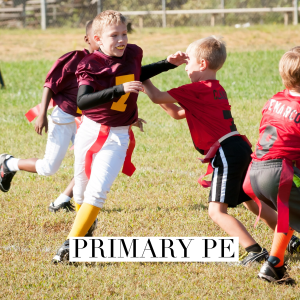
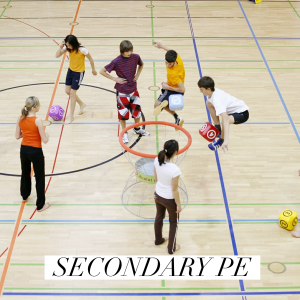
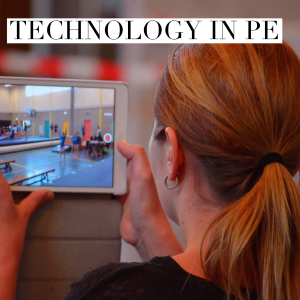
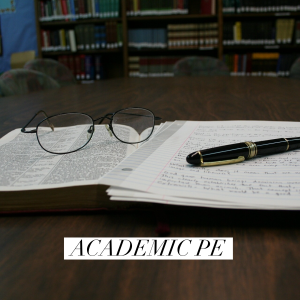

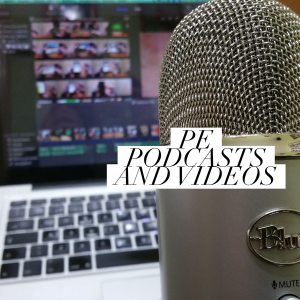

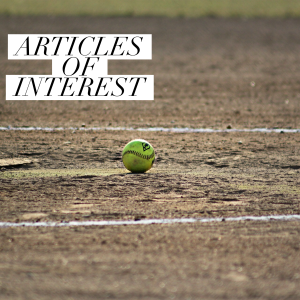

Reblogged this on The Echo Chamber.
LikeLike